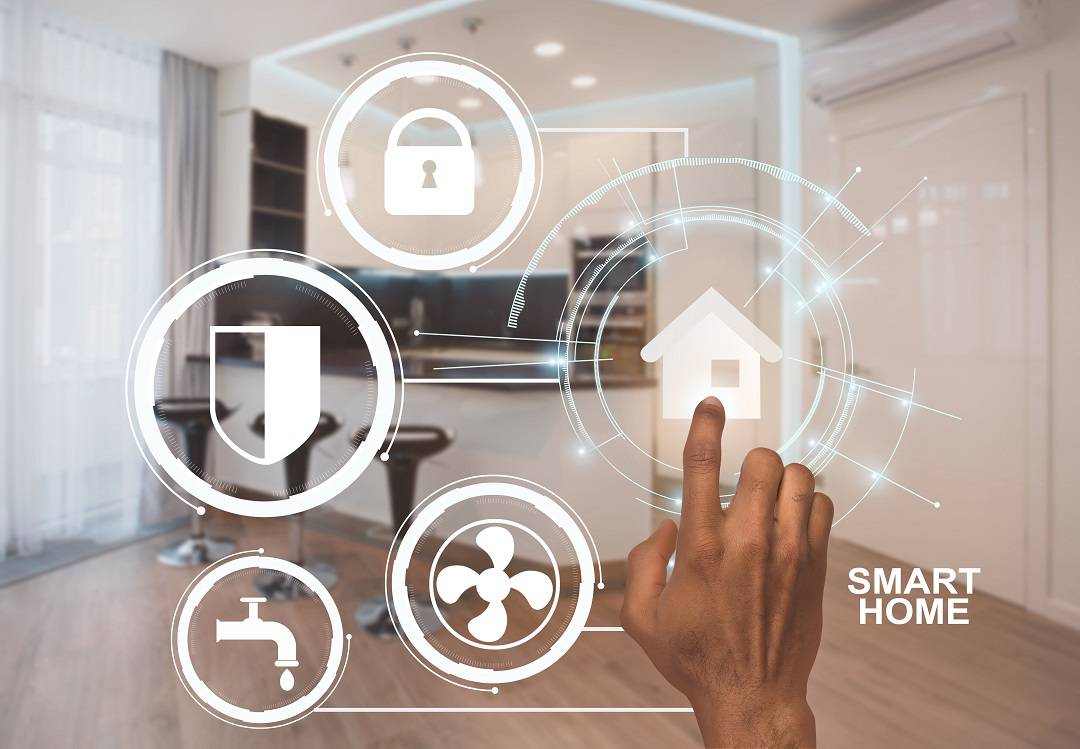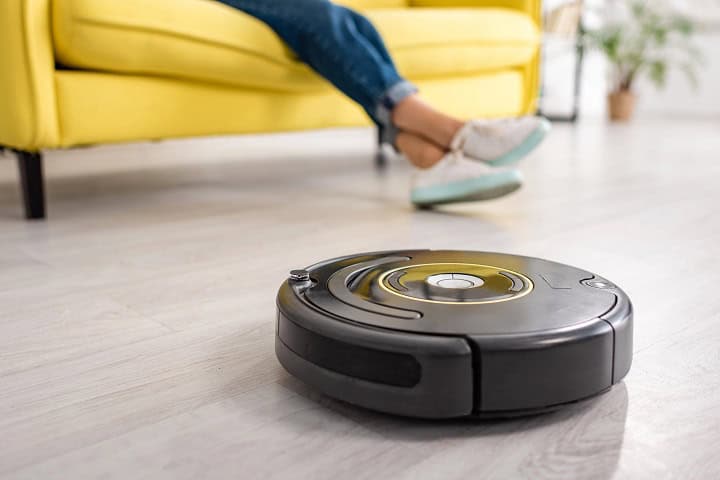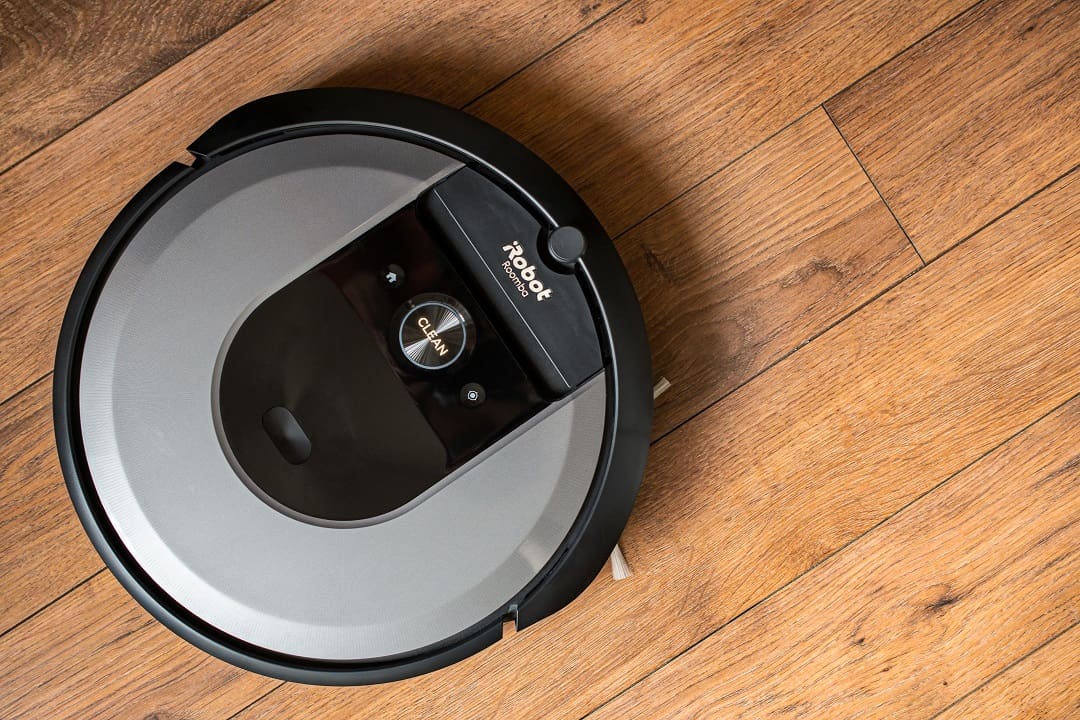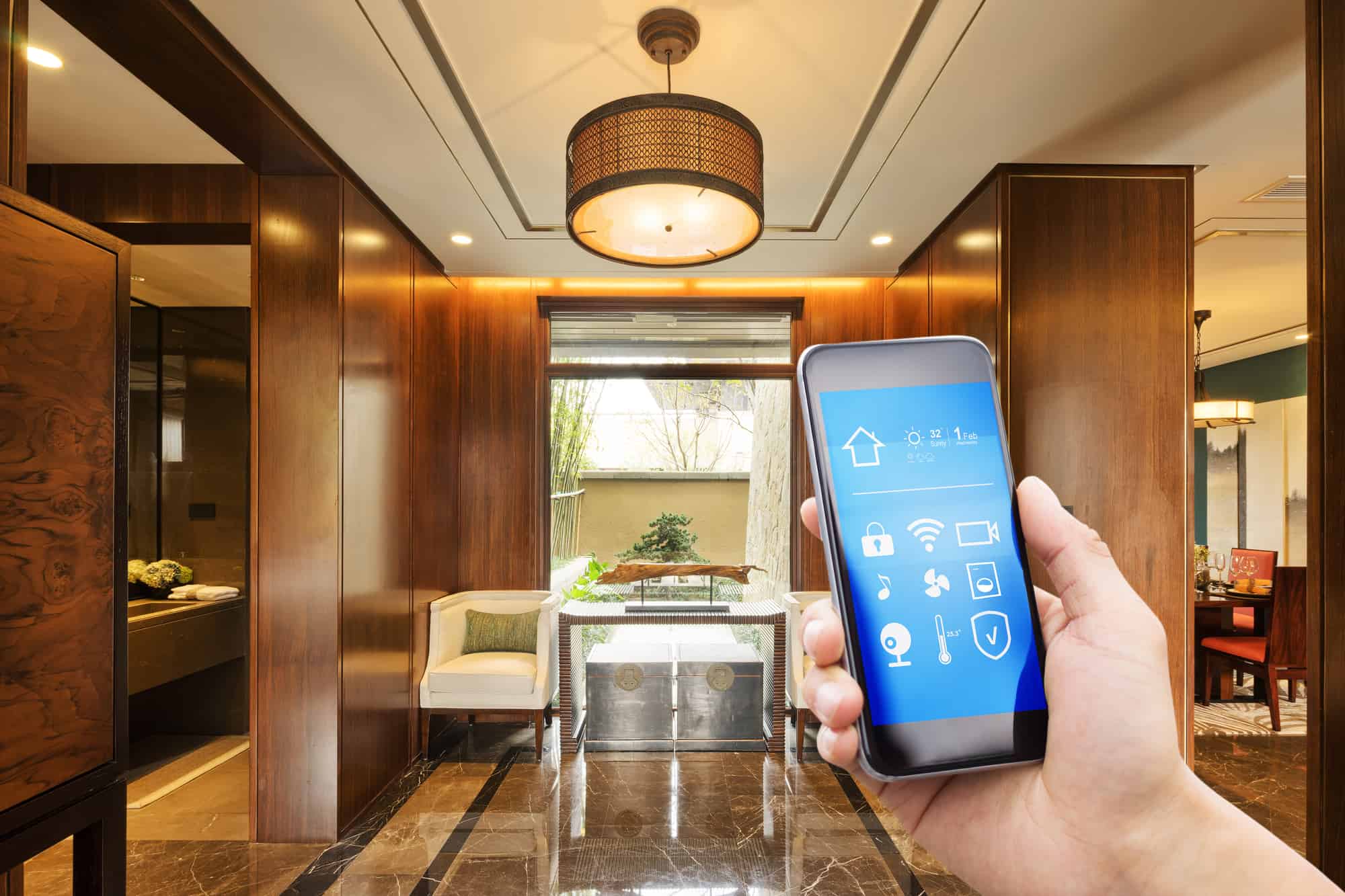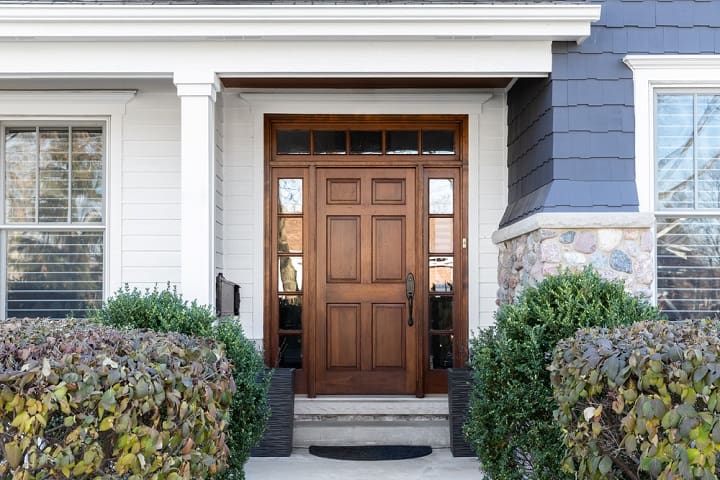Managing a smart home can seem hard, with all of the different smart home devices involved. For someone who is new to smart home technology or considering making their home smarter, understanding the learning curve is an important step. This post will talk about what it takes to learn to manage a smart home, from setting up devices to automating daily tasks. It will look at the different components that make up a smart home system and the level of technical knowledge required. Whether you are tech-savvy or new to the world of smart technology, this post will offer valuable insights into the process of becoming a confident smart home owner.
What Basic Skills do you Need to Start a Smart Home?
Starting and managing a smart home is easier than ever, thanks to increasingly user-friendly technology. The basic skills needed to begin are fairly straightforward: you should be comfortable using smartphones or tablets, as these devices are commonly used to control smart home devices through apps. Familiarity with connecting devices to your Wi-Fi network is also important, as most smart home gadgets require internet access to function and communicate with each other. Additionally, a basic understanding of the devices you want to integrate—like smart lights, smart speakers, thermostats, or security cameras—can help you set them up more efficiently and customize them to suit your needs. Beyond these technical aspects, a bit of problem-solving ability and patience will go a long way in troubleshooting any issues that arise as you expand and adjust your smart home setup. With these foundational skills, anyone can start building a smart home.
Understanding Smart Home Basics
Learning the basics of a smart home involves getting to know the various smart devices that can be included in such a system. Smart devices range from lighting and thermostats to security cameras and voice assistants. Each device typically comes with its own app or interface for control. If you are just starting with one or two devices, this is a easy way to get started as you are only learning one or two apps that are generally pretty straightforward. These apps are designed to be user-friendly, with step-by-step guides and customer support for troubleshooting.
If you have multiple different devices with multiple different apps to use them, having a smart home can quickly become overwhelming. You would need to understand how to operate each app and device separately to manage your smart home. While it is important to learn how each device connects and communicates within the smart home ecosystem, there is a better way.
What is a Smart Home Controller or Hub?
A smart home controller, or hub, allows multiple devices from different manufacturers all communicate. This smart home hub can be used to control multiple different device types from one central app. This way you can turn on your smart lights, start your robot vacuum, and check that the doors are all locked from one spot. No more hopping between multiple apps to manage multiple devices.
Adding a smart home controller or hub usually also gives you voice control and more advanced automation for your smart home. Most smart home hubs come with a voice assistant such as Amazon Alexa or Google Assistant. This allows you to give voice commands to your smart home’s virtual assistant to control the various devices. “Alexa, turn on the lights.” For more about smart home controllers, check out our post about why you should use a smart home controller.
Automation, on the other hand, involves creating routines or rules that enable devices to operate automatically under certain conditions, such as locking your smart locks and turning on lights at sunset. Setting up automation may require some initial effort to learn and configure, however they can make your home truly magical when things just happen.
Setting up a Smart Home Network
Setting up a smart home network is a crucial step in managing a smart home. Most smart home devices require an internet connection to work. This process includes connecting all your smart devices to a central network, often through a Wi-Fi router. The network allows devices to interact with each other and be controlled remotely. This is one step where you would need to use the manufacturer’s app to setup smart devices.
In general, we recommend connecting smart home devices to a guest wifi network whenever possible. These guest networks usually have their traffic separate from the other devices on your wifi. This means that your smart cameras won’t see the network traffic from you checking your email. You will also want to make sure that your network is secure to prevent unauthorized access. This involves creating strong passwords and updating your router’s firmware. Proper setup and maintenance of the smart home network are key for keeping your smart home and your data safe.
In Summary
Learning to manage a smart home can seem challenging, however by starting small with just a few easy to use devices it is surprisingly easy to get started. With the increasing focus on user-friendly design and extensive customer support, many people find that they can get accustomed to managing their smart home with some time and effort. It’s important for you to take it step by step, starting with basic functions and gradually exploring more advanced features. As your smart home evolves, your skills in managing and maintaining it will too.
